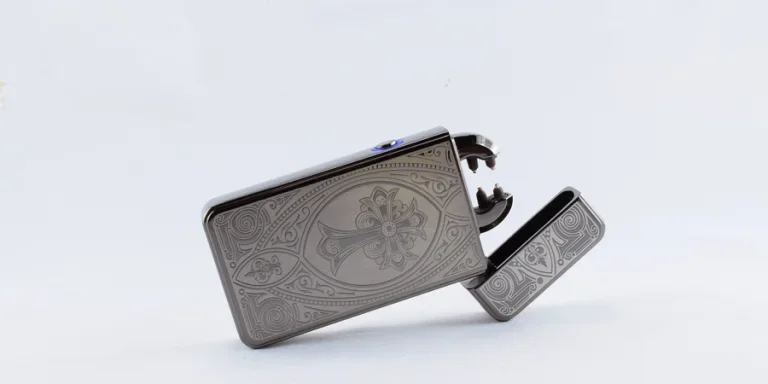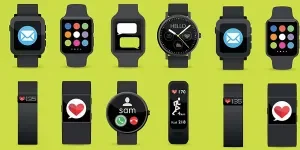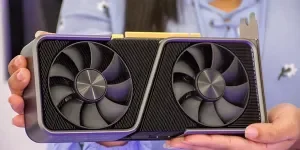Table of Contents
● Introduction
● Market overview
● Different types of lighters
● Things to consider when selecting products
● Conclusion
Introduction
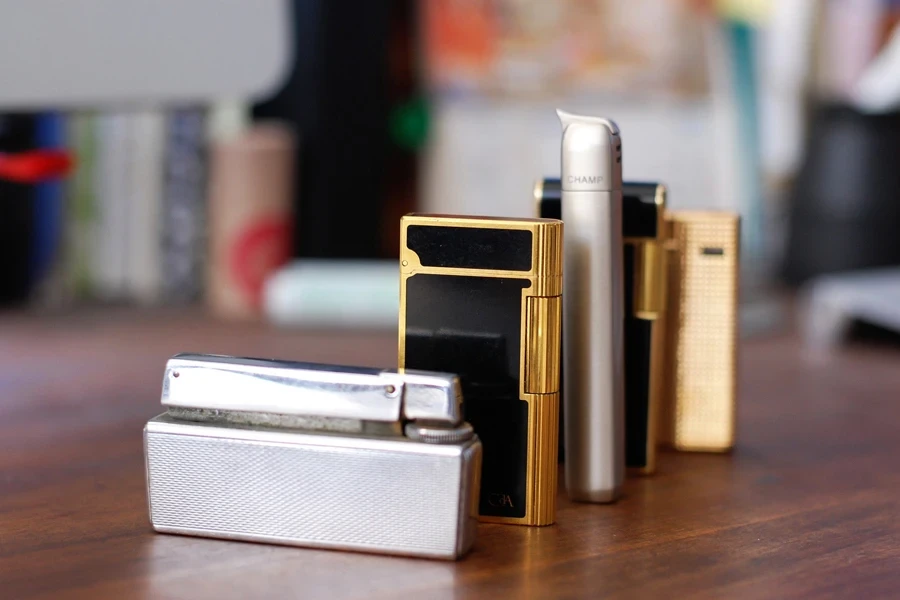
Digital lighters are transforming the ignition industry with their eco-friendly, safe, and efficient technology. By eliminating the need for disposable lighters, they offer a sustainable solution for lighting candles, stoves, and more. Enhanced safety features and rechargeable capabilities make them a reliable choice in various conditions. Their innovative designs cater to modern demands for portability and durability. As technology advances, digital lighters continue to set new standards in convenience and environmental responsibility.
Market overview
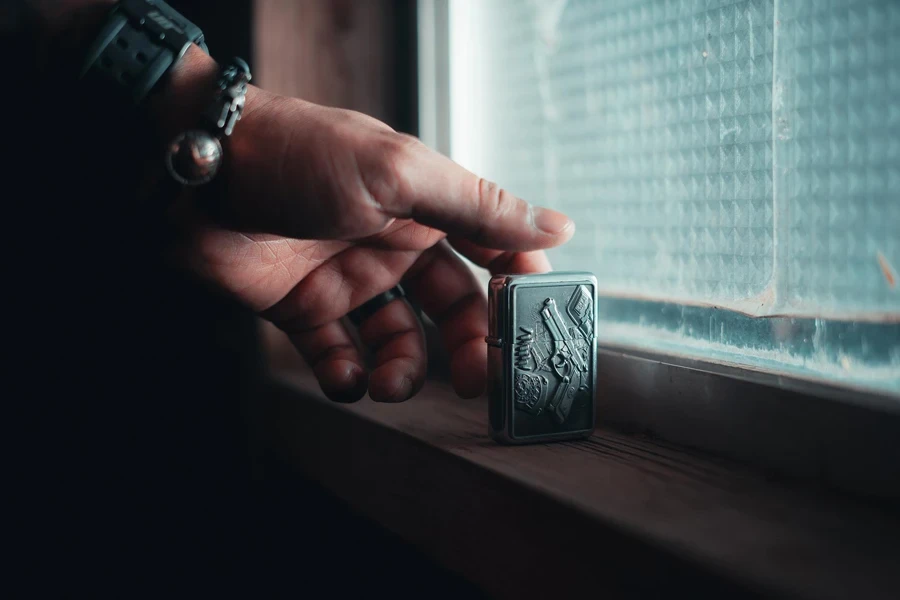
Market scale and growth
The digital lighters market was valued at USD 3899.9 million in 2023 and is projected to reach USD 4400 million by 2030, growing at a CAGR of 2.1%. This growth is driven by increasing consumer demand for eco-friendly and rechargeable lighters, which provide a sustainable alternative to traditional disposable options.
Key trends
The market is witnessing significant changes due to advancements in safety features and design aesthetics. Innovations such as child-resistant mechanisms, windproof designs, and sleek, modern appearances are becoming key differentiators in the competitive landscape. Additionally, the shift towards sustainable practices has led to the development of lighters that use alternative fuels and rechargeable batteries, addressing both environmental concerns and consumer preferences for long-lasting products.
Different types of lighters
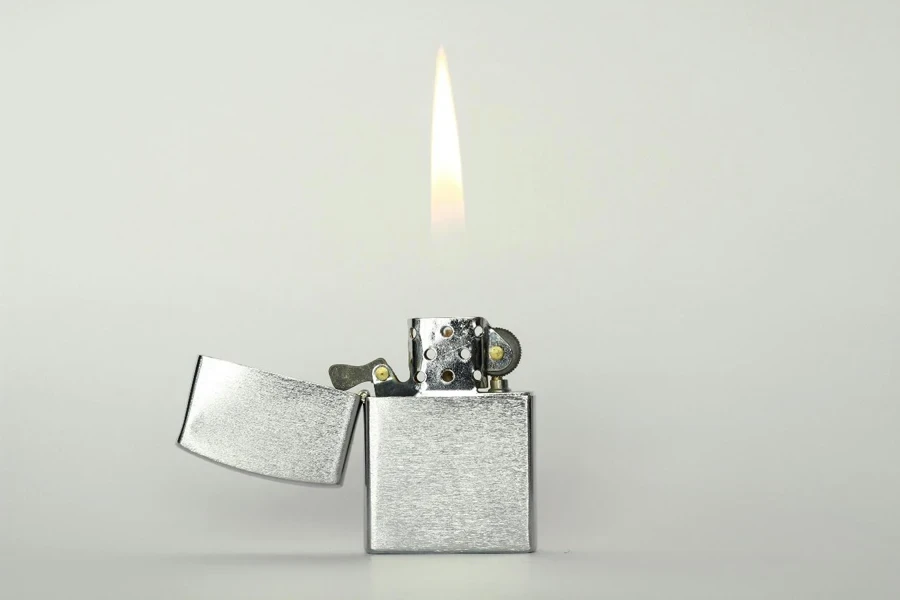
Plasma lighters
Plasma lighters use a high-voltage electrical current to ionize the air, creating a plasma arc. This arc reaches temperatures of around 900 degrees Fahrenheit, making it highly efficient for ignition. These lighters are typically equipped with dual or quadruple plasma arcs to enhance their effectiveness and reliability. The durable construction often includes materials like zinc alloy, ensuring longevity and resistance to wear and tear. Windproof and safe, plasma lighters also feature rechargeable lithium-ion batteries, which can be recharged via USB ports, providing an eco-friendly alternative to traditional lighters.
Arc lighters
Arc lighters generate a single electric arc using a high-voltage current. The arc temperature usually exceeds 800 degrees Fahrenheit, sufficient for igniting most materials. These lighters are designed with safety features such as automatic shut-off after a few seconds of use to prevent overheating. They are generally lighter and more compact than plasma lighters, making them highly portable. The body is often made of ABS plastic or aluminum alloy, ensuring a balance between lightweight design and durability.
Electronic lighters
Electronic lighters create a spark through a piezoelectric ignition system combined with a chemical reaction. These lighters often incorporate a small battery and a quartz crystal to generate the necessary electric discharge. They are designed to be simple and cost-effective, with a focus on portability and ease of use. Although less reliable, electronic lighters can still achieve flame temperatures of up to 700 degrees Fahrenheit, sufficient for everyday lighting needs. The casings are usually made from plastic, making them lightweight but less durable compared to metal-bodied lighters.
Traditional butane/Propane lighters
Traditional lighters use liquefied petroleum gases like butane or propane to create a flame. These lighters feature a fuel tank, an ignition system (flint or piezoelectric), and an adjustable flame control. The flame temperature can reach up to 3,500 degrees Fahrenheit, making them effective for a wide range of applications. However, they are prone to fuel leakage and require regular refueling. The construction often includes a mix of plastic and metal components, which can compromise durability. Despite these drawbacks, they remain popular due to their affordability and wide availability.
Things to consider when selecting products
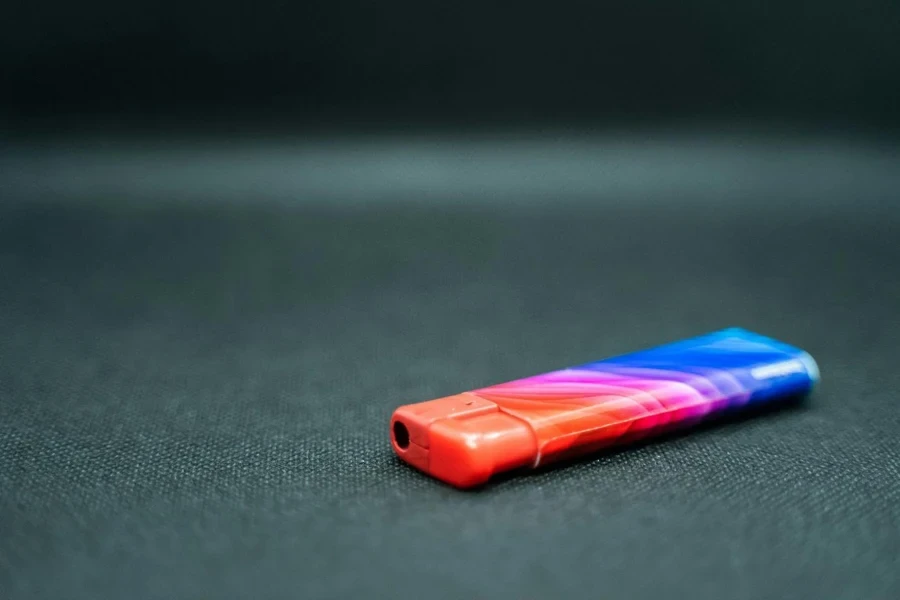
Portability
Electric lighters are designed to be highly portable, often weighing less than 100 grams and featuring slim profiles that easily fit into pockets or small compartments. Their compact size does not compromise their functionality, as they typically include efficient, high-voltage ignition systems. These lighters are often equipped with ergonomic designs that provide a comfortable grip, making them convenient for everyday use and travel.
Durability
Electric lighters are generally constructed from durable materials such as zinc alloy, stainless steel, and high-grade ABS plastic. These materials offer resistance to impact, corrosion, and wear, ensuring long-term use. The internal components, including the ignition mechanism and battery, are housed within protective casings that shield them from physical damage. Many models also feature reinforced hinges and seals to enhance their longevity.
Reliability
Electric lighters are engineered for reliability, often featuring dual or quad plasma arcs that ensure consistent ignition. These arcs can generate temperatures up to 900 degrees Fahrenheit, providing a dependable flame in various conditions, including wind and rain. Advanced circuitry within the lighter regulates power output, maintaining stable performance even as the battery depletes. Additionally, many electric lighters include safety mechanisms such as automatic shut-off after 7-10 seconds of continuous use to prevent overheating.
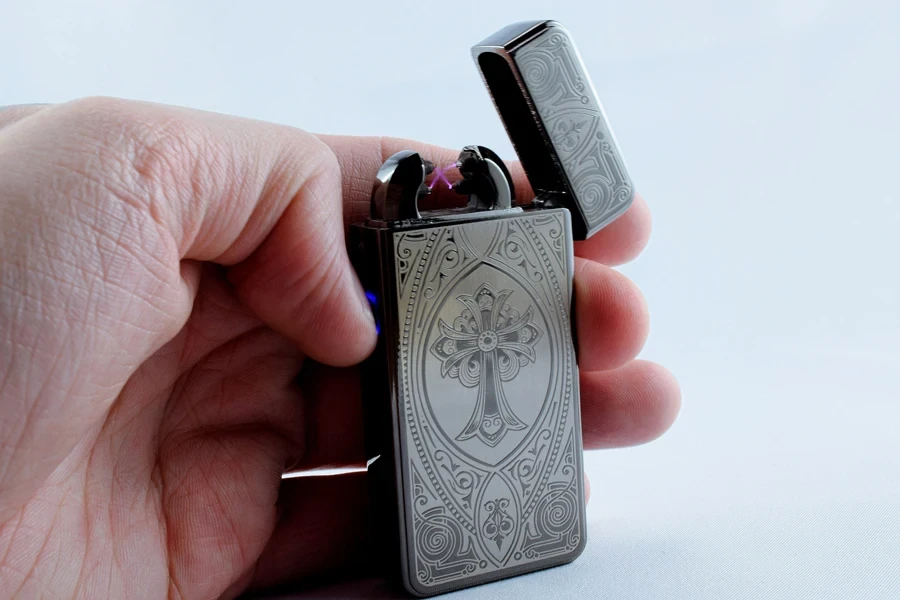
Safety
Safety features in electric lighters are comprehensive, designed to prevent accidental ignitions and reduce fire hazards. Many models include child safety locks, which require a specific sequence of actions to activate the lighter. The absence of flammable liquids eliminates the risk of leaks and explosions. Overcharge protection is often integrated into the battery management system to prevent overheating during charging. Some lighters also feature a cap or cover to protect the ignition area when not in use, adding an extra layer of safety.
Rechargeability and maintenance
Electric lighters are equipped with rechargeable lithium-ion batteries, typically ranging from 200 to 500 mAh, providing hundreds of ignitions per charge. Charging is done via USB, with most models including a micro-USB or USB-C port, allowing for convenient recharging from various power sources such as laptops, power banks, or wall adapters. Maintenance is straightforward, usually involving periodic cleaning of the ignition area with a brush to remove debris. The battery life is often displayed via LED indicators, informing the user when a recharge is necessary. Regular charging and proper storage can extend the battery lifespan, making these lighters both economical and environmentally friendly.
Conclusion

Digital lighters provide an ideal combination of sustainability, safety, and convenience, making them an optimal choice for today’s market. With ongoing technological advancements, these devices are expected to continue evolving, offering even more impressive features and benefits. Their durable construction, reliable performance, and eco-friendly design ensure that they will remain a preferred option for consumers seeking modern ignition solutions.
